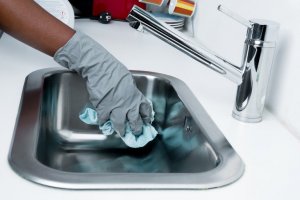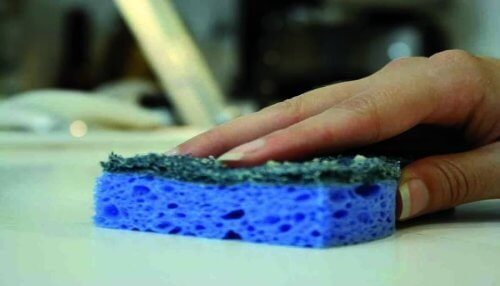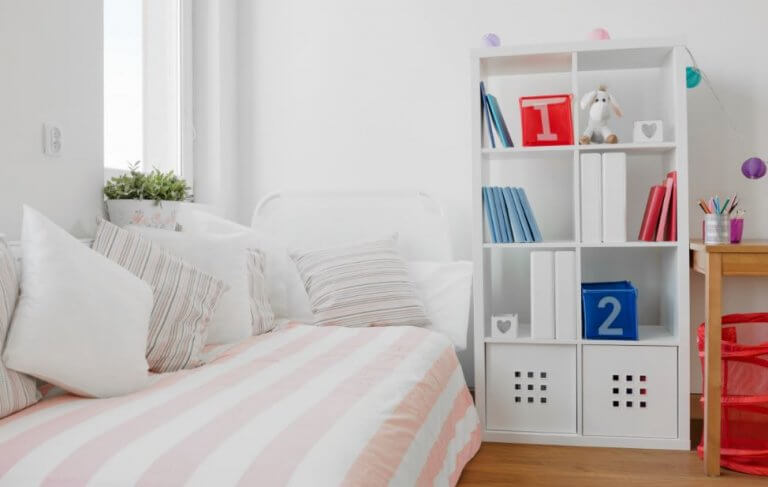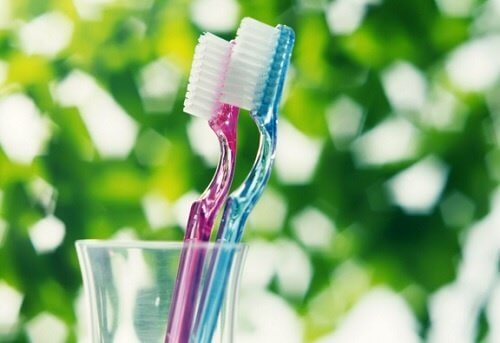5 Items in Your Home that Collect Bacteria

Many people are surprised to find out that certain products that are considered hygienic actually collect bacteria and germs.
Is this a health risk? What should you do?
First of all, it’s important to know that the home is permanently inhabited by a considerable number of bacteria. Even though they’re not a constant threat, these can potentially cause harm.
Even though you may be very dedicated to having a clean house, we all live in contact with many germs day in and day out. The more people who live in the house, the more that these harmful organisms reproduce and are a threat to our health.
Read on and we’ll let you know which are the five common objects in the home that collect bacteria.
5 Common Household Items that Collect Bacteria
After taking a look at the following list, you’ll know which items you need to pay attention to when cleaning and disinfecting.
1.The toilet
It’s logical that we begin with the object that conjures up the very idea of bacteria. Nevertheless, many publications have assured us that toilets are not as dirty as several objects that we touch daily, such as a menu in a restaurant.
Because of its function, toilets are constantly in contact with many germs that are harmful to our health. Due of this, it’s advisable to clean it once a week, including the toilet tank. This way, the entire toilet is clean.
2. Sponges
Despite tending to go unnoticed, sponges are one of the most common items that collect bacteria – and a lot of it.
It makes sense if you think from this perspective: they mix the remains of food with humidity. This is the ideal environment for the proliferation of micro-organisms in the home.

The recommendation is to change your sponge every week, even though it may seem excessive. Another option is to clean it with a mixture of 90% water and 10% bleach. The second time around, it’s best to recycle the sponge and use it to clean the bathroom or the sink.
In addition, the fact that sponges share the kitchen with rags that are usually damp multiplies the contamination effect. It’s almost an obligation that you clean your sponge after each use.
Also read: How to Naturally Eliminate Bacteria from Your Hands
3. Sheets

Have you ever imagined that the place where you sleep every night is replete with bacteria?
The suggestion is to change sheets every week.
This makes a lot of sense.
The argument is that sheets store flaking skin, lotion and dirt that we bring to the bed every night. Also, when getting up, it’s recommended that you air them out a bit before making the bed. This prevents germs from being trapped and multiplying.
Also recommended: 7 Tips to Reduce Mites in Your Home
4. Kitchen and bathroom sinks
It may sound ridiculous that items that constantly have water passing through them could accumulate so much bacteria. However, in reality that’s the case.
Kitchen sinks are permanently in contact with scraps of food. The combination of humidity in sinks and scraps of food gives is perfect to collect bacteria.
Of course, this is avoidable with proper cleaning and disinfecting of the area after each use. In addition, it’s vital to prevent the accumulation of germs from one day to the next.
On the other hand, bathroom sinks, faucets, and bathtubs are the perfect place for fungus and mold to appear.
Remains from the human body and humidity are catalysts for germs to grow. To add to the problem, bathroom sinks tend to have difficult corners to clean and this encourages the growth of mold.
5. Toothbrushes
Believe it or not, these little brushes tend to collect bacteria.
Staphylococcal bacteria, E. coli form, Pseudomonas, and intestinal bacteria stand out. These are germs that can cause serious problems if not controlled in time.
At the same time, the cup where you keep these items is also one of the objects in the home which accumulates millions of bacteria. It’s advisable to rinse the cup daily to avoid the accumulation of water and humidity that collects in it.

Other Objects in the Home that Accumulate Millions of Bacteria
We can also add the following items that we have to deal with from day to day:
- Cell phones
- TV and remote controls
- Doors and the car steering wheel, and other car parts
- The floor of the house
- Tables
- Bags and backpacks
- Chopping blocks
- Towels
- Computer mouse and keys
- Doorknobs
As you can see, we are in contact with many items in the home that collect bacteria and on a daily basis. At the same time, there’s no need to become alarmed. Our body has defenses to resist these germs.
In spite of this, you should still take precautions to keep your environment clean and healthy.ç
All cited sources were thoroughly reviewed by our team to ensure their quality, reliability, currency, and validity. The bibliography of this article was considered reliable and of academic or scientific accuracy.
This text is provided for informational purposes only and does not replace consultation with a professional. If in doubt, consult your specialist.








